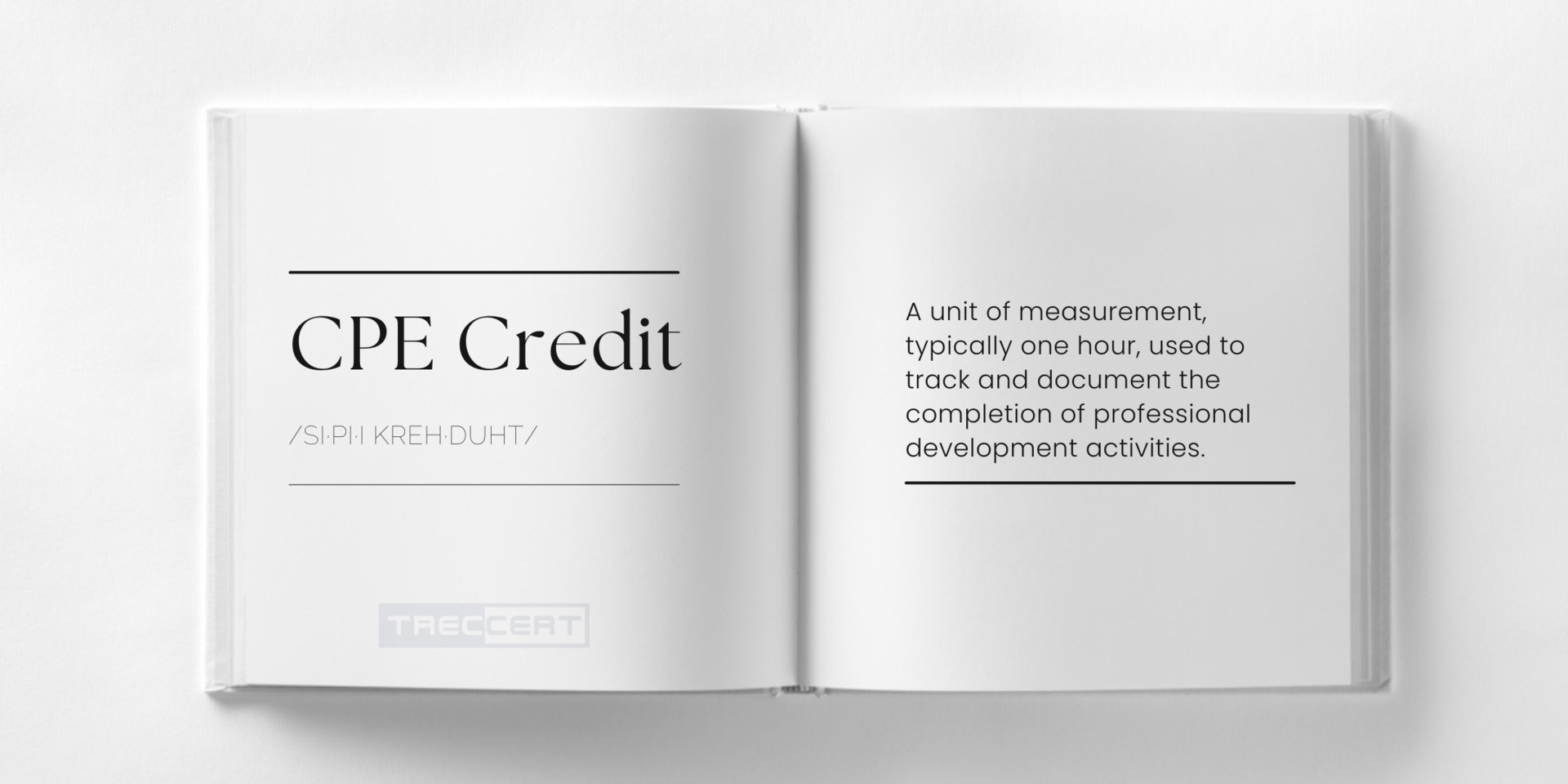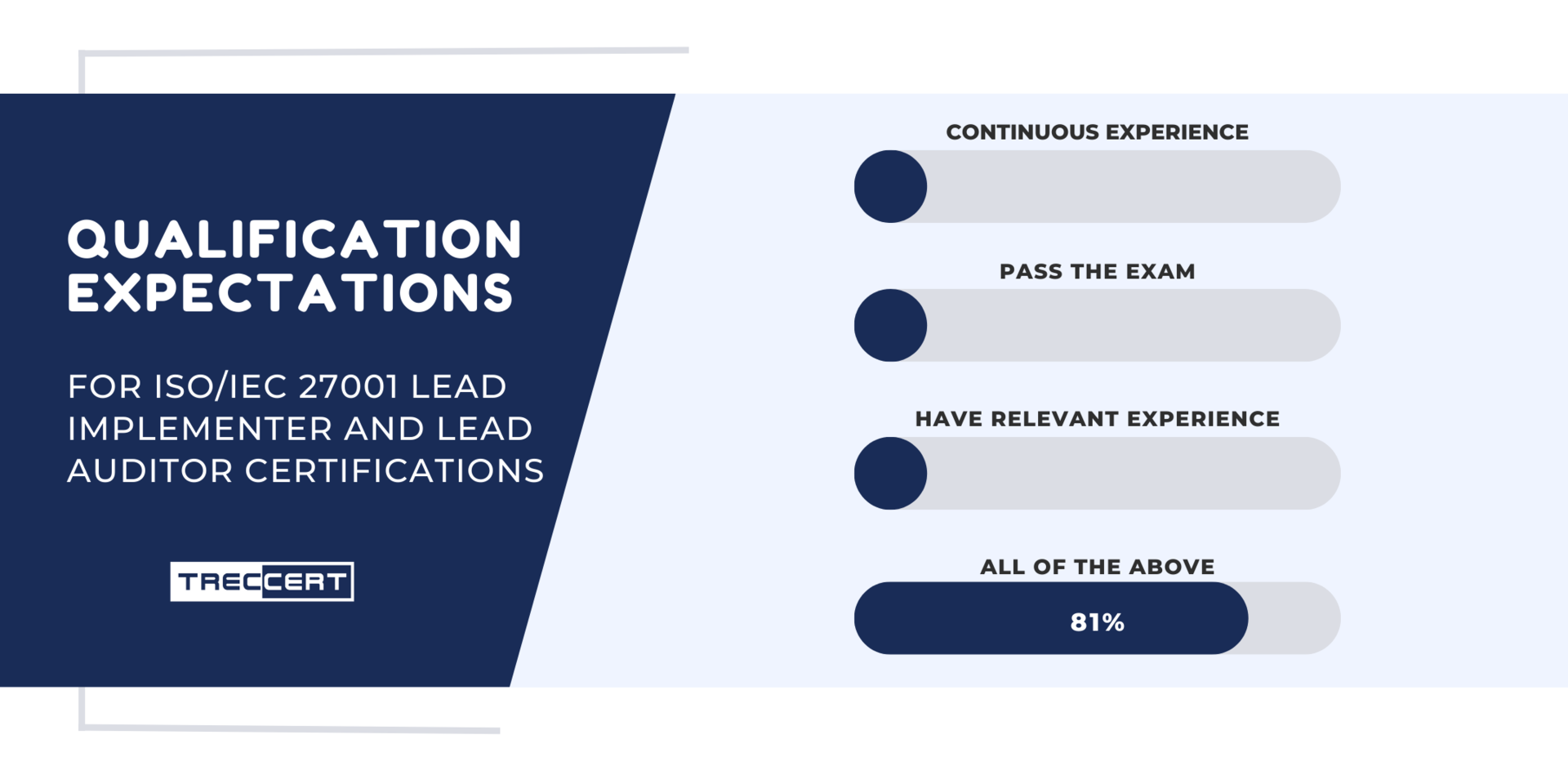The Importance of CPE in Professional Growth and Development
In today's dynamic professional landscape, it has become essential for individuals to adopt a portfolio-based mindset when it comes to their careers. Regardless of whether someone relies on a single source of income, it is crucial to embrace a diversified approach by cultivating a comprehensive portfolio of knowledge, skills, and experience. This strategic approach enables professionals to be well-prepared for emerging opportunities and enhances their ability to transition into new avenues with ease.

In today's dynamic professional landscape, it has become essential for individuals to adopt a portfolio-based mindset when it comes to their careers. Regardless of whether someone relies on a single source of income, it is crucial to embrace a diversified approach by cultivating a comprehensive portfolio of knowledge, skills, and experience[1]. This strategic approach enables professionals to be well-prepared for emerging opportunities and enhances their ability to transition into new avenues with ease.
A key element of embracing this portfolio-based mindset involves recognizing the significance of continuous learning, as it complements existing skills and expertise while strengthening one's professional portfolio, ensuring its resilience and adaptability in response to evolving industry demands. Continuing Professional Education (CPE) refers to the ongoing education and training that professionals are required to undertake in order to remain current in their field, improve their skills, and maintain their licenses/certifications. This pursuit is often interchangeably referred to as Continuing Professional Development (CPD) or Professional Development Units (PDUs) by various relevant institutions and organizations.

What are CPE Credits?
CPE credits are units of measurement used to track and document the completion of professional development activities. In many professions, a certain number of CPE credits are required to be obtained on a regular basis in order to maintain professional licensure or certification. CPE credits are usually tracked by professional organizations or certification bodies, and professionals are required to submit documentation of their completed CPE activities in order to demonstrate compliance with the requirements. CPE credits also demonstrate to employers, clients, and regulatory bodies that a professional is keeping up to date with the latest developments and advancements in their field, and maintaining their knowledge and skills.
For most professional development activities, one hour of participation or completion will be awarded one CPE credit. However, it's important to note that the specific requirements for obtaining CPE credits may vary depending on the profession, certification, or licensing body, and the type of activity being completed.

How are CPEs and Certifications related?
CPEs and certifications often go hand in hand. Many professional certifications require individuals to complete a specific number of CPEs to maintain their active certification status. Using Forbes' list[2] of the 15 most valuable IT certifications as a reference, our analysis found that all highest-paying vendor-neutral certificates require CPE credits. With that being said, individuals who hold professional certificates, such as the Certified Information Systems Security Professional (CISSP)[3] or the Project Management Professional (PMP)[4] must complete a certain number of CPEs in order to maintain their certificates. Likewise, TRECCERT certified Lead Implementers and/or Auditors can only maintain their certificate by obtaining a required 90 CPE credits for the 3-year recertification cycle, recommended to be divided into approximately 30 CPE credits per year.
We conducted a survey to gain insights into the qualification expectations held by individuals and businesses for ISO/IEC 27001 Lead Implementers and Lead Auditors. According to the findings, more than eighty-percent of respondents expressed the view that a certified individual should possess pertinent experience, successfully complete the examination, and continue their professional education. This underscores how CPE requirements contribute to a higher perceived value of the certification because maintaining it necessitates ongoing professional growth and improvement.
How can you get CPEs?
There are various ways to obtain CPE credits, including attending workshops, conferences, and seminars, participating in online courses and engaging in self-study through reading professional journals and books. Among all these, training is arguably the dominant activity[5]. The following table illustrates how TRECCERT categorizes CPE activities, although each organization may have their own criteria for considering them:
| Category 1: Professional Activity | Category 2: Work-Based Learning | Category 3: Education Activity | Category 4: Exam Item Development | Category 5: Publication of Articles, Papers or Books |
Activities that have a substantial professional knowledge sharing or educational contribution to a particular credential. Examples include: preparing and presenting a webinar, seminar, conference or presentation; delivering a course; attending professional meetings; serving as a subject-matter expert for a panel. | Activities that extend beyond an individual's job responsibilities and are related to a particular credential. Examples include: completing a workshop; completing lab exercises; performing peer-reviews; completing in-house trainings. | Activities that involve individual learning, including pursuing academic studies related to a particular credential. Examples include: completion of formal university courses (in-person or online); completion of structured courses designed as self-study, instructor-led or blended, that offer CPE hours; completion of trainings, including in-house corporate trainings; passing a professional examination related to the industry. | Activities that involve the development or review of TRECCERT exam items related to a particular credential. Examples include: item creation for certification exams; item review of certification exams. | Activities that involve the publication or review of materials related to a particular credential. All publications must appear on a formal website address. Examples include: publication/review of articles; publication/review of research papers; publication/review of whitepapers; publication/review of training materials. |
There are many providers of CPE courses, such as universities, colleges, and other educational institutions, as well as various online platforms. It's important to look for providers that are accredited and meet the requirements of the relevant professional bodies. TRECCERT and its partner network consistently organize events and training programs designed to address the evolving needs of professionals seeking CPE. These events cover a wide range of topics and certifications, ensuring that individuals can find relevant opportunities to maintain or improve their professional competence while earning CPE credits.
One such training course is the ISO/IEC 27001:2022 Transition Training Course, which provides a comprehensive understanding of the updated requirements and changes in the latest version of the ISO/IEC 27001 standard. By participating in this course, professionals not only gain valuable insights into the updated framework but also earn CPE credits, demonstrating their ongoing professional development.
[1] Handy, Charles B. (1994). The age of paradox. Boston, Mass: Harvard Business School Press
[2] https://www.forbes.com/sites/louiscolumbus/2020/02/10/15-top-paying-it-certifications-in-2020/?sh=528569dd358e
[3]https://www.isc2.org/-/media/ISC2/Certifications/CPE/MEM-CPE_Handbook-DIGITAL.ashx
[4]https://www.pmi.org/certifications/certification-resources/maintain
[5] Kelly, P. & McDiarmid, G.W. (2002) Decentralisation of Professional Development: teachers’ decisions and dilemmas, Journal of In-service Education, 28, pp. 409-425

